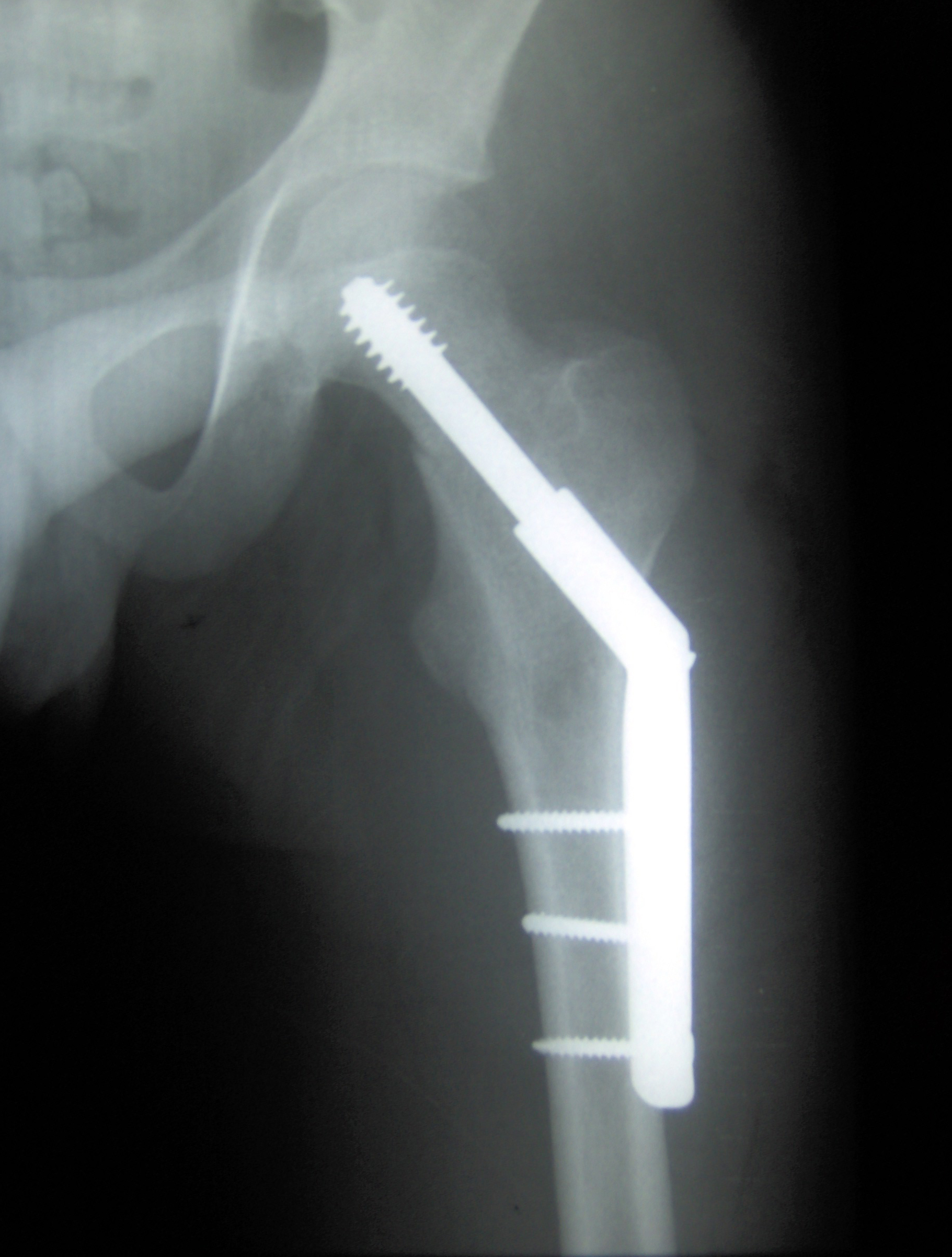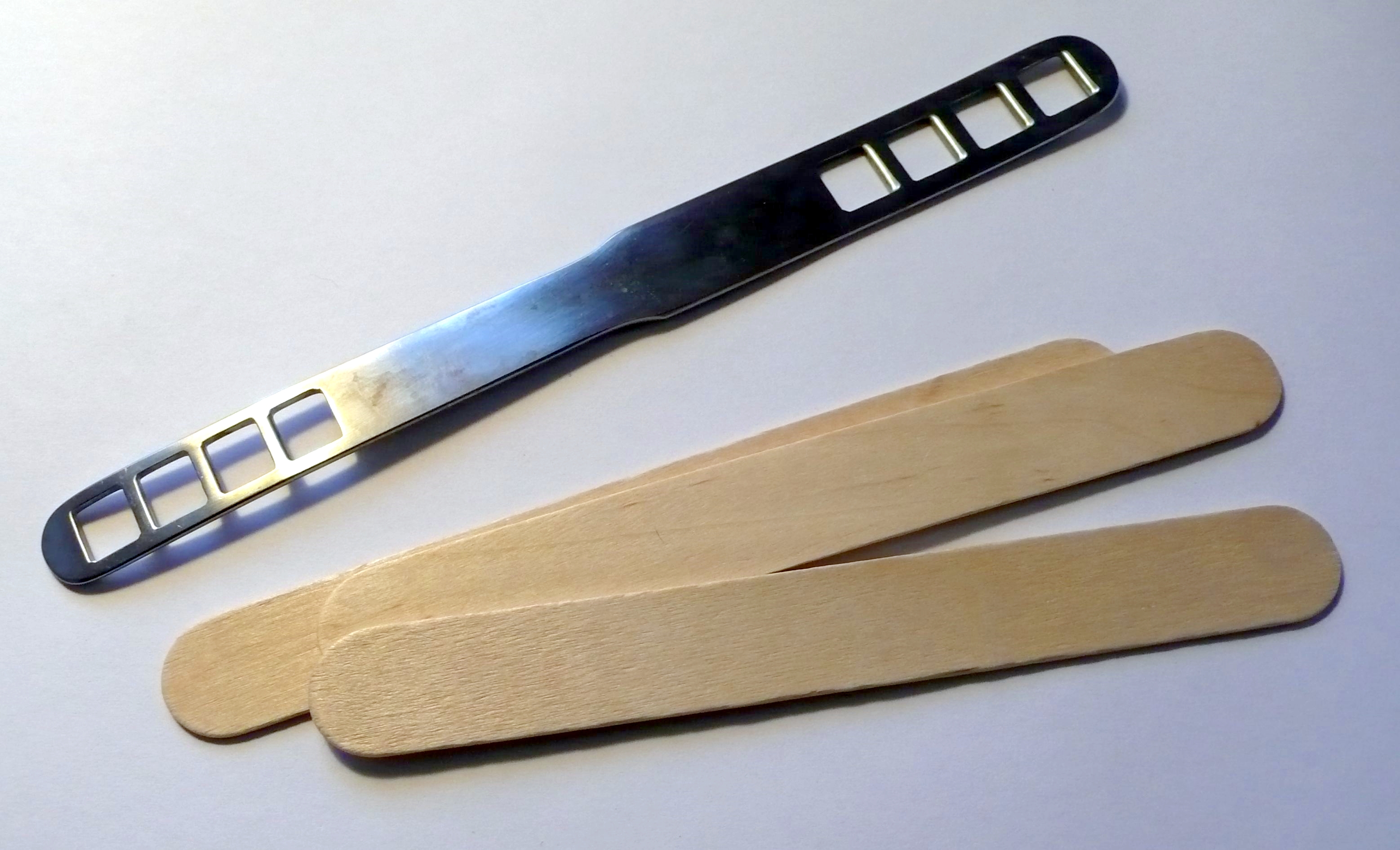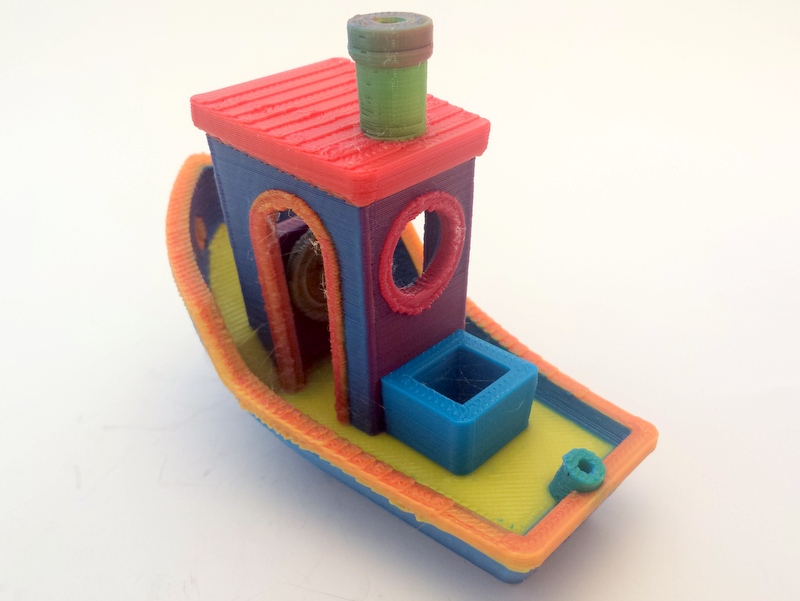|
Lamellar
A lamella (: lamellae) is a small plate or flake, from the Latin, and may also refer to collections of fine sheets of material held adjacent to one another in a gill-shaped structure, often with fluid in between though sometimes simply a set of "welded" plates. The term is used in biological contexts for thin membranes of plates of tissue. In the context of materials science, the microscopic structures in bone and nacre are called lamellae. Moreover, the term lamella is often used to describe crystal structure of some materials. Uses of the term In surface chemistry (especially mineralogy and materials science), lamellar structures are fine layers, alternating between different materials. They can be produced by chemical effects (as in eutectic solidification), biological means, or a deliberate process of lamination, such as pattern welding. Lamellae can also describe the layers of atoms in the crystal lattices of materials such as metals. In surface anatomy, a lamella is a t ... [...More Info...] [...Related Items...] OR: [Wikipedia] [Google] [Baidu] |
Lamellar Armour
Lamellar armour is a type of body armour made from small rectangular plates (scales or ''lamellae'') of iron, steel, leather ( rawhide), bone, or bronze laced into horizontal rows. Lamellar armour was used over a wide range of time periods in Central Asia, Eastern Asia (especially in China, Japan, Korea, Mongolia, and Tibet), Western Asia, and Eastern Europe. The earliest evidence for lamellar armour comes from sculpted artwork of the Neo-Assyrian Empire (911–609 BC) in the Near East. Lamellar armour should not be confused with laminar armour, a related form of plate armour which is made from horizontal overlapping rows or bands of solid armour plates (called lames) rather than scales. By comparison, lamellar armour is made from individual armour scales which are laced together to form a strip of armour which appears to be solid but is not. Description Lamellar armour consists of small platelets known as "lamellae" or "lames", which are punched and laced together, typical ... [...More Info...] [...Related Items...] OR: [Wikipedia] [Google] [Baidu] |
Lamellar Vector Field
In vector calculus, a complex lamellar vector field is a vector field which is orthogonal to a family of surfaces. In the broader context of differential geometry, complex lamellar vector fields are more often called hypersurface-orthogonal vector fields. They can be characterized in a number of different ways, many of which involve the curl. A lamellar vector field is a special case given by vector fields with zero curl. The adjective "lamellar" derives from the noun "lamella", which means a thin layer. The ''lamellae'' to which "lamellar vector field" refers are the surfaces of constant potential, or in the complex case, the surfaces orthogonal to the vector field. Complex lamellar vector fields In vector calculus, a complex lamellar vector field is a vector field in three dimensions which is orthogonal to its own curl. That is, :\mathbf\cdot (\nabla\times \mathbf) = 0. The term lamellar vector field is sometimes used as a synonym for the special case of an irrotational vector f ... [...More Info...] [...Related Items...] OR: [Wikipedia] [Google] [Baidu] |
Bone
A bone is a rigid organ that constitutes part of the skeleton in most vertebrate animals. Bones protect the various other organs of the body, produce red and white blood cells, store minerals, provide structure and support for the body, and enable mobility. Bones come in a variety of shapes and sizes and have complex internal and external structures. They are lightweight yet strong and hard and serve multiple functions. Bone tissue (osseous tissue), which is also called bone in the uncountable sense of that word, is hard tissue, a type of specialised connective tissue. It has a honeycomb-like matrix internally, which helps to give the bone rigidity. Bone tissue is made up of different types of bone cells. Osteoblasts and osteocytes are involved in the formation and mineralisation of bone; osteoclasts are involved in the resorption of bone tissue. Modified (flattened) osteoblasts become the lining cells that form a protective layer on the bone surface. The mine ... [...More Info...] [...Related Items...] OR: [Wikipedia] [Google] [Baidu] |
Lamellar Structure
In materials science, lamellar structures or microstructures are composed of fine, alternating layers of different materials in the form of lamellae. They are often observed in cases where a phase transition front moves quickly, leaving behind two solid products, as in rapid cooling of eutectic (such as solder) or eutectoid (such as pearlite) systems. Such conditions force phases of different composition to form but allow little time for diffusion to produce those phases' equilibrium compositions. Fine lamellae solve this problem by shortening the diffusion distance between phases, but their high surface energy makes them unstable and prone to break up when annealing allows diffusion to progress. A deeper eutectic or more rapid cooling will result in finer lamellae; as the size of an individual lamellum approaches zero, the system will instead retain its high-temperature structure. Two common cases of this include cooling a liquid to form an amorphous solid, and cooling eut ... [...More Info...] [...Related Items...] OR: [Wikipedia] [Google] [Baidu] |
Gill
A gill () is a respiration organ, respiratory organ that many aquatic ecosystem, aquatic organisms use to extract dissolved oxygen from water and to excrete carbon dioxide. The gills of some species, such as hermit crabs, have adapted to allow respiration on land provided they are kept moist. The microscopic structure of a gill presents a large surface area to the external environment. Branchia (: branchiae) is the zoologists' name for gills (from Ancient Greek ). With the exception of some aquatic insects, the filaments and lamella (surface anatomy), lamellae (folds) contain blood or Coelom#Coelomic fluid, coelomic fluid, from which gases are exchanged through the thin walls. The blood carries oxygen to other parts of the body. Carbon dioxide passes from the blood through the thin gill tissue into the water. Gills or gill-like organs, located in different parts of the body, are found in various groups of aquatic animals, including Mollusc, molluscs, crustaceans, insects, fish, a ... [...More Info...] [...Related Items...] OR: [Wikipedia] [Google] [Baidu] |
Mycology
Mycology is the branch of biology concerned with the study of fungus, fungi, including their Taxonomy (biology), taxonomy, genetics, biochemistry, biochemical properties, and ethnomycology, use by humans. Fungi can be a source of tinder, Edible mushroom, food, traditional medicine, as well as entheogens, poison, and fungal infection, infection. Yeasts are among the most heavily utilized members of the fungus kingdom, particularly in food manufacturing. Mycology branches into the field of phytopathology, the study of plant diseases. The two disciplines are closely related, because the vast majority of plant pathogens are fungi. A biologist specializing in mycology is called a mycologist. Overview The word ''mycology'' comes from the Greek language, Ancient Greek: wikt:μύκης, μύκης (''mukēs''), meaning "fungus" and the suffix (''-logia''), meaning "study." Pioneer mycologists included Elias Magnus Fries, Christiaan Hendrik Persoon, Heinrich Anton de Bary, Elizabeth E ... [...More Info...] [...Related Items...] OR: [Wikipedia] [Google] [Baidu] |
Ichthyosis
Ichthyosis is a family of genetic disorder, genetic skin disorders characterized by Xeroderma, dry, Scleroderma, thickened, scaly skin. The more than 20 types of ichthyosis range in severity of symptoms, outward appearance, underlying genetic cause and mode of inheritance (e.g., Dominance (genetics), dominant, recessive, autosomal or X-linked). Ichthyosis comes , since dry, scaly skin is the defining feature of all forms of ichthyosis. The severity of symptoms can vary enormously, from the mildest, most common, types such as ichthyosis vulgaris, which may be mistaken for normal dry skin, up to life-threatening conditions such as harlequin-type ichthyosis. Ichthyosis vulgaris accounts for more than 95% of cases. Types Many types of ichthyoses exist, and an exact diagnosis may be difficult. Types of ichthyoses are classified by their appearance, if they are syndromic or not, and by mode of inheritance. For example, non-syndromic ichthyoses that are inherited recessively come under ... [...More Info...] [...Related Items...] OR: [Wikipedia] [Google] [Baidu] |
Water-treatment
Water treatment is any process that improves the quality of water to make it appropriate for a specific end-use. The end use may be drinking, industrial water supply, irrigation, river flow maintenance, water recreation or many other uses, including being safely returned to the environment. Water treatment removes contaminants and undesirable components, or reduces their concentration so that the water becomes fit for its desired end-use. This treatment is crucial to human health and allows humans to benefit from both drinking and irrigation use. Types Drinking water treatment Water contamination is primarily caused by the discharge of untreated wastewater from enterprises. The effluent from various enterprises, which contains varying levels of contaminants, is dumped into rivers or other water resources. The wastewater may have a high proportion of organic and inorganic contaminants at the initial discharge. Industries generate wastewater as a result of fabrication pr ... [...More Info...] [...Related Items...] OR: [Wikipedia] [Google] [Baidu] |
Orthopedic Implant
An orthopedic implant is a medical device manufactured to replace a missing joint or bone, or to support a damaged bone. The medical implant is mainly fabricated using stainless steel and titanium alloys for strength and the plastic coating that is done on it acts as an artificial cartilage. The biodegradable metals in this category are magnesium-based and iron-based alloys, though recently zinc has also been investigated. Currently, the uses of bioresorbable metals are as fracture fixation implants Internal fixation is an operation in orthopedics that involves the surgical implementation of implants to repair a bone. During the surgery of broken bones through internal fixation the bone fragments are first reduced into their normal alignment then they are held together with the help of internal fixators such as plates, screws, nails, pins, and wires. Eponymous implants and their uses * Austin-Moore prosthesis for fracture of the neck of the femur * Baksi's prosthesis for e ... [...More Info...] [...Related Items...] OR: [Wikipedia] [Google] [Baidu] |
Medical Device
A medical device is any device intended to be used for medical purposes. Significant potential for hazards are inherent when using a device for medical purposes and thus medical devices must be proved safe and effective with reasonable assurance before regulating governments allow marketing of the device in their country. As a general rule, as the associated risk of the device increases the amount of testing required to establish safety and efficacy also increases. Further, as associated risk increases the potential benefit to the patient must also increase. Discovery of what would be considered a medical device by modern standards dates as far back as in Baluchistan where Neolithic dentists used flint-tipped drills and bowstrings. Study of Archaeology, archeology and Roman medical literature also indicate that many types of medical devices were in widespread use during the time of ancient Rome. In the United States it was not until the Federal Food, Drug, and Cosmetic Act ( ... [...More Info...] [...Related Items...] OR: [Wikipedia] [Google] [Baidu] |
Implant (medicine)
An implant is a medical device manufactured to replace a missing biological structure, support a damaged biological structure, or enhance an existing biological structure. For example, an implant may be a rod, used to strengthen weak bones. Medical implants are human-made devices, in contrast to a transplant, which is a transplanted biomedical tissue. The surface of implants that contact the body might be made of a biomedical material such as titanium, silicone, or apatite depending on what is the most functional. In 2018, for example, American Elements developed a nickel alloy powder for 3D printing robust, long-lasting, and biocompatible medical implants. In some cases implants contain electronics, e.g. artificial pacemaker and cochlear implants. Some implants are bioactive, such as subcutaneous drug delivery devices in the form of implantable pills or drug-eluting stents. Applications Implants can roughly be categorized into groups by application: Sensory and neu ... [...More Info...] [...Related Items...] OR: [Wikipedia] [Google] [Baidu] |
3D Printed
3D printing, or additive manufacturing, is the construction of a three-dimensional object from a CAD model or a digital 3D model. It can be done in a variety of processes in which material is deposited, joined or solidified under computer control, with the material being added together (such as plastics, liquids or powder grains being fused), typically layer by layer. In the 1980s, 3D printing techniques were considered suitable only for the production of functional or aesthetic prototypes, and a more appropriate term for it at the time was rapid prototyping. , the precision, repeatability, and material range of 3D printing have increased to the point that some 3D printing processes are considered viable as an industrial-production technology; in this context, the term ''additive manufacturing'' can be used synonymously with ''3D printing''. One of the key advantages of 3D printing is the ability to produce very complex shapes or geometries that would be otherwise infeasibl ... [...More Info...] [...Related Items...] OR: [Wikipedia] [Google] [Baidu] |









